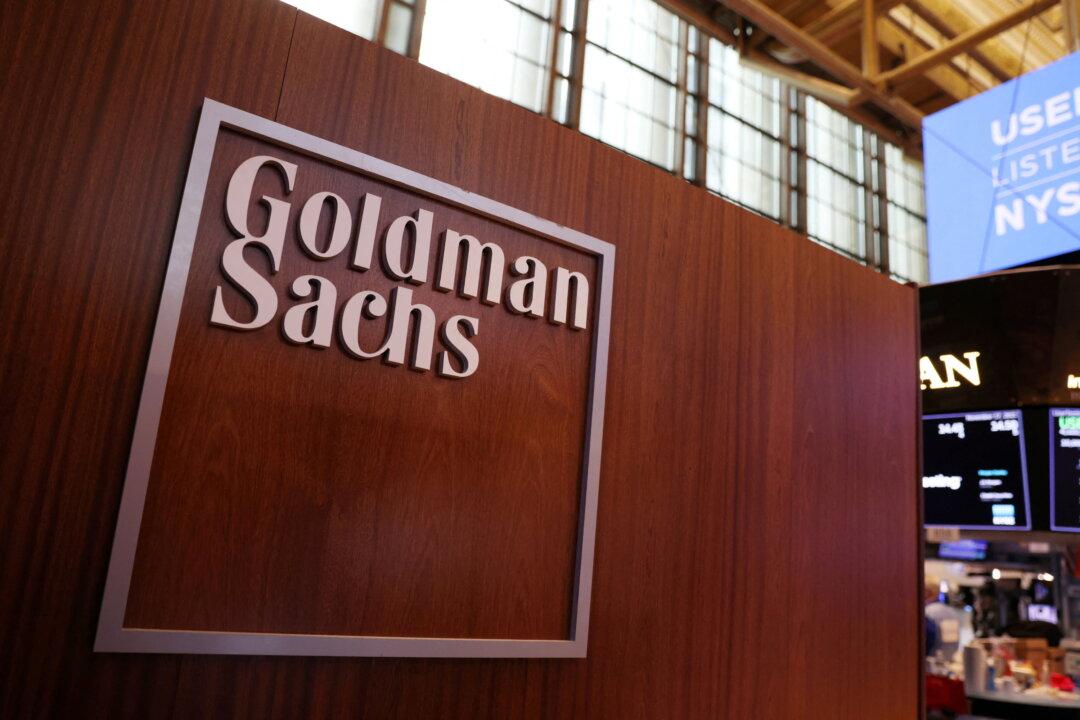Economists at Goldman Sachs Group (GSG) are predicting that the present surge in U.S. inflation will significantly decline in 2023.
A team led by Goldman Sachs’ chief economist, Jan Hatzius, said that this would be led by three key factors: an ease in the supply chain crisis, a drop in housing prices, and slower wage growth, reported Bloomberg.





